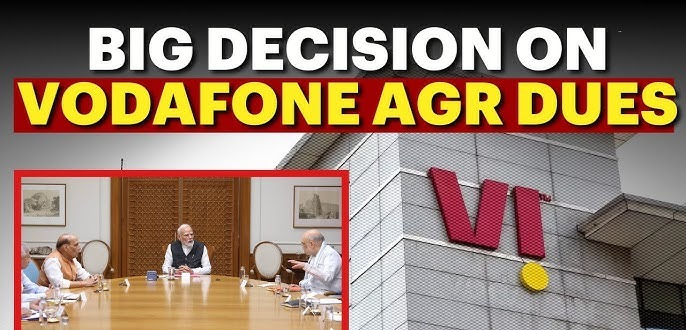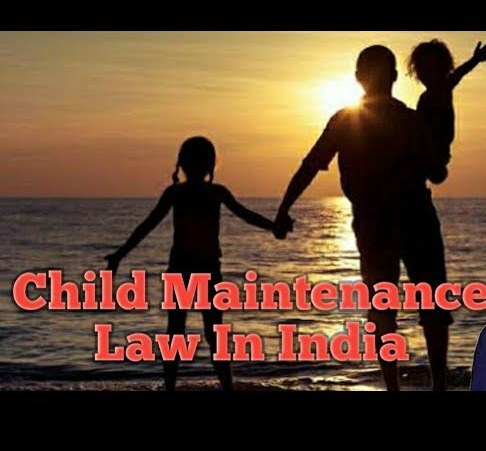Norman Macleod, C.J.@mdashThis is an application in revision made by the petitioner who was convicted by the First Class Magistrate of Yeola under action 19 of the Indian Arms Act which provides a penalty for the offence of going armed in contravention of the provisions of Section 13. Section 13 directs that no person shall go armed with any arms except under a license and to the extent and in the manner permitted thereby.
2. The accused is not a licensee, but his cousin handed over the gun for which he held a license to the accused while proceeding in a marriage procession. The accused field some shots during the procession, with the remit that same persona were accidentally injured. It in contended that the license permitted the licenses to go armed in the marriage procession. Clause 4 of the license reads as follows:
The licensee or any retainer acting under this license shall not go armed with any arms covered thereby otherwise than in good faith for the purpose of apart, protection or display, and save where he is specially authorised in this behalf in any Presidency town or Rangoon by the Commissioner of Police or in any other place by the District Magistrate or Sub-Divisional Magistrate specially empowered by the Local Government to grant license, he shall not take any such arms to a fair, religions procession or other public assemblage.
3. The argument is that a marriage a procession is not a public assemblage, but it is char from the terms of the clause that a religious possession is considered a public assemblage and therefore, the suggestion that because a procession only consists of persons of a particular persuasion, or of persons invite I to a particular ceremony, it is not a public assemblage, cannot be accepted. When a marriage procession emerges from private premises and goes down the public street, then it is open to the public to join the procession, and the marriage procession become a public assemblage, It seems to me, therefore, that the Magistrate was right in convicting the petitioner u/s 19 of the Indian Arms Act. The application is rejected.
Shah, J.
4. I agree. It may be that on this particular occasion the gun was taken by the applicant merely for the purpose of display but even then I think that under the terms of the license, unless ha ii specially authorised, he is prevented from using it even for that purpose in a public assemblage. It may be that this was quite innocently done for mere display as it is sometimes done: but whether that is in accordance with the terms of a particular license or not, must be decided when the point is raised. It is clear on the terms of this license that be could not do it in a marriage procession which was in the nature of a public assemblage without contravening the terms of the licence.

